
My friend and fellow car nut, Jayson Coombes, recently attended a most excellent show put on by the Park Cities Historic and Preservation Society.
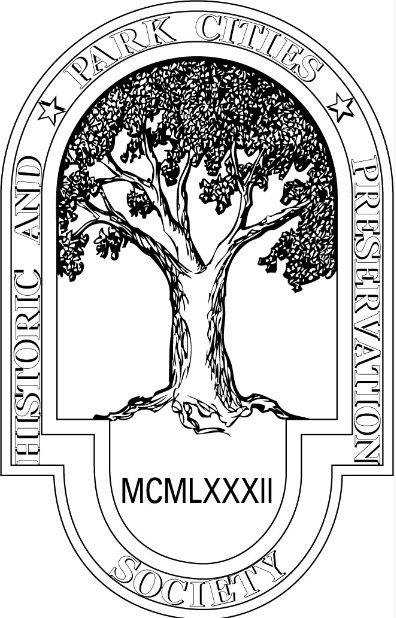
The most recent soiree was held April 27th in University Park, Texas. And he went wild taking lots and lots and lots of photos. So many in fact, that there will probably be more posts on this in the future, including a full writeup on what had to have been the rarest car in the show, and as seen in the top picture on this post: a Facel Vega Excellence.
Since this is just a virtual tour, it’s going to be heavy on the photographs and light on the text. Enjoy!
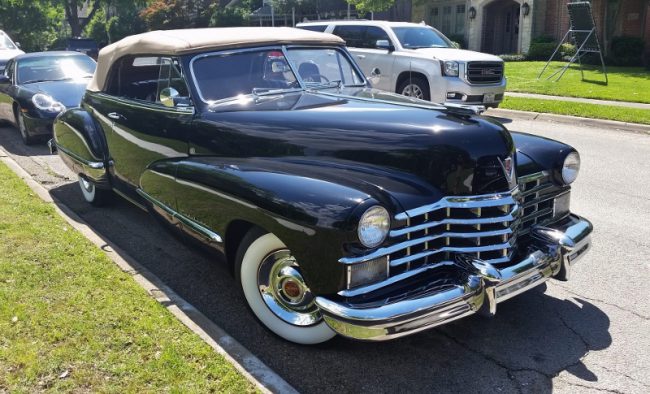
1947 Cadillac Series 62 convertible coupe.
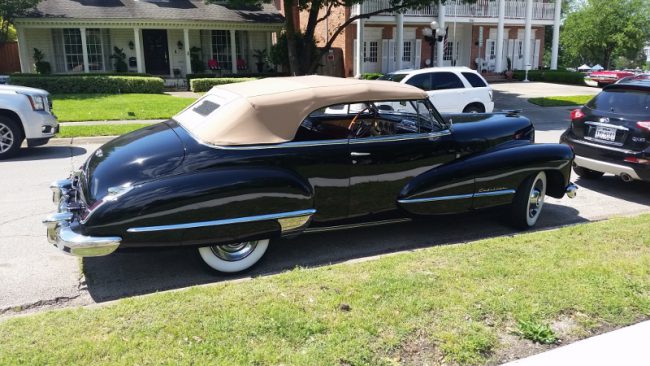
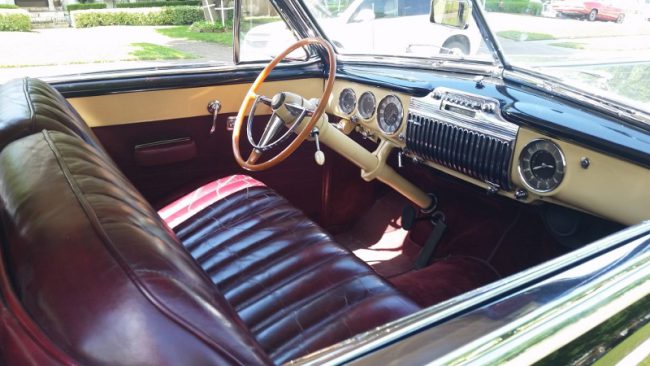
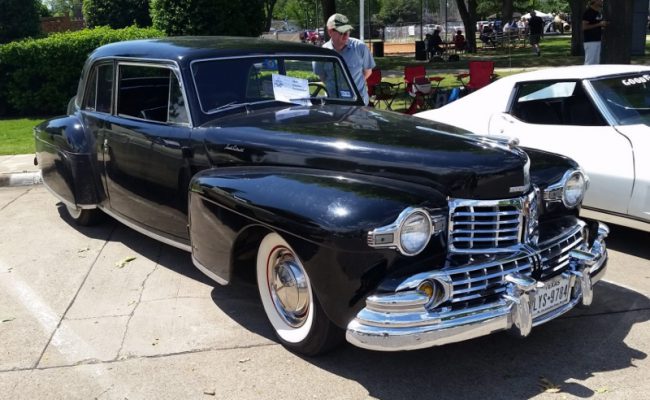
1947 Lincoln Continental coupe.
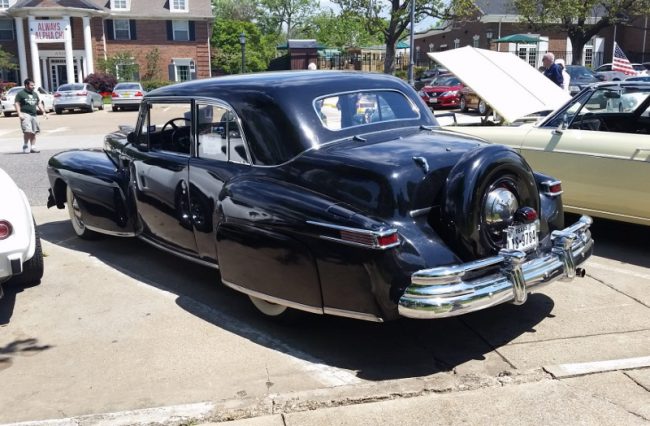


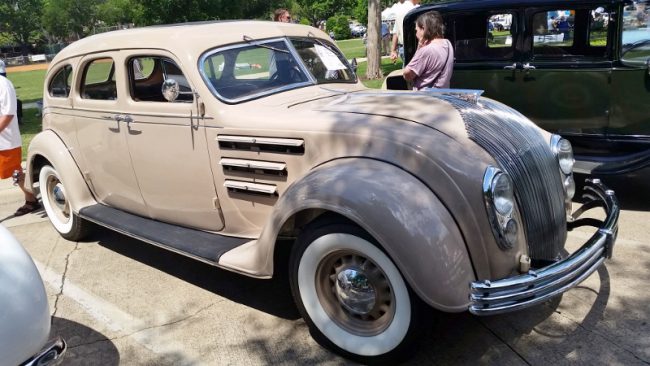
1934 Chrysler Airflow.
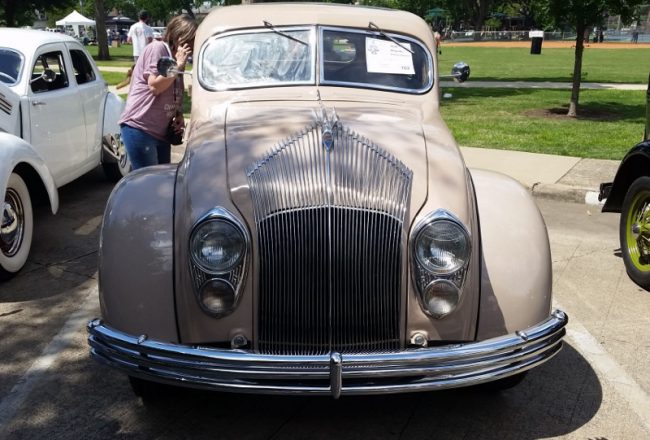
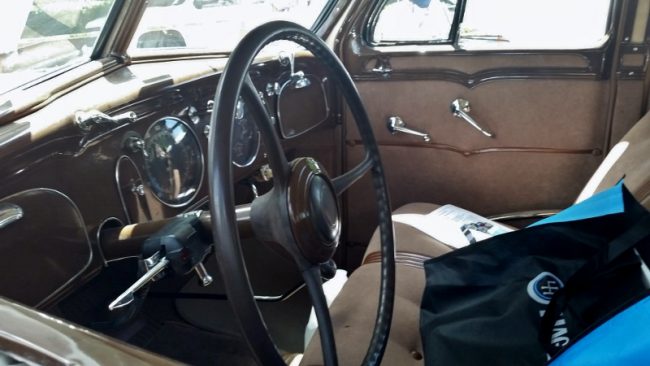
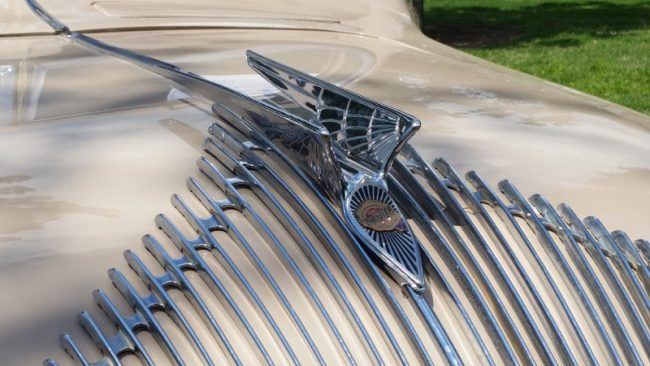
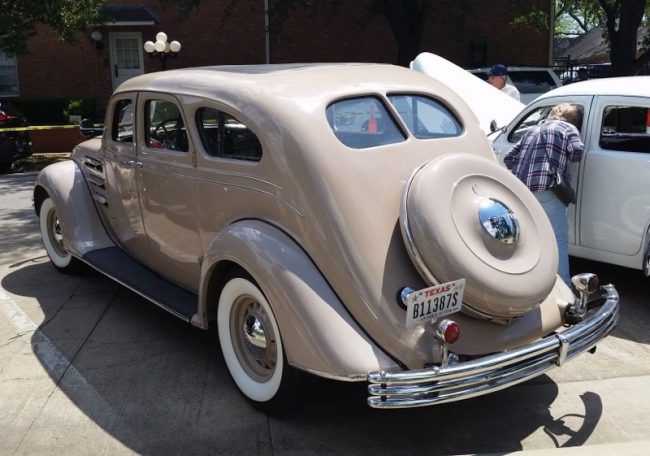
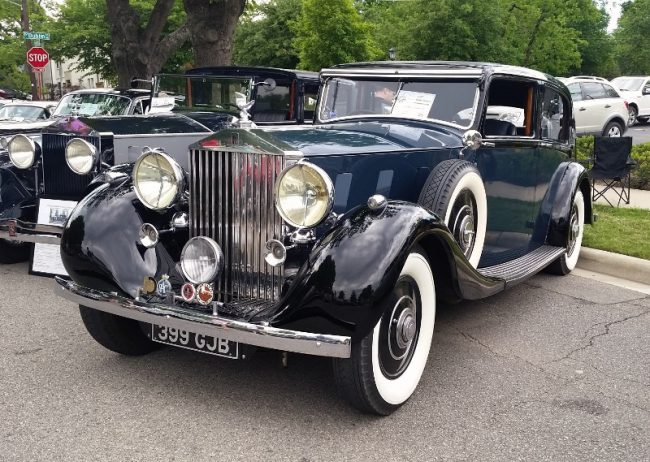
1937 Rolls Royce Phantom III.
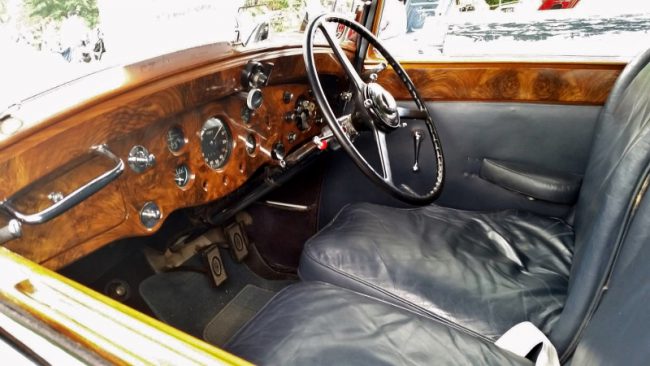
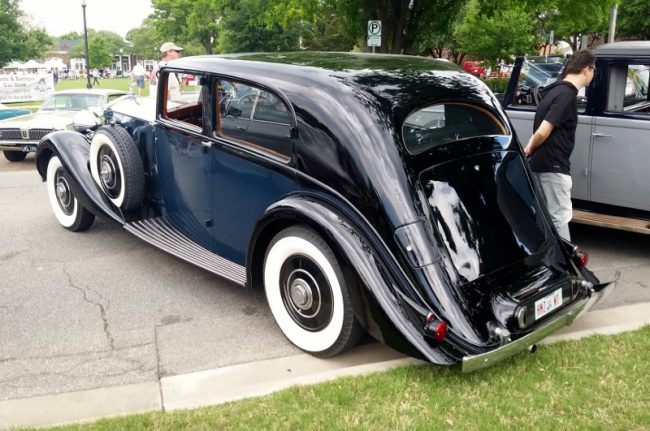
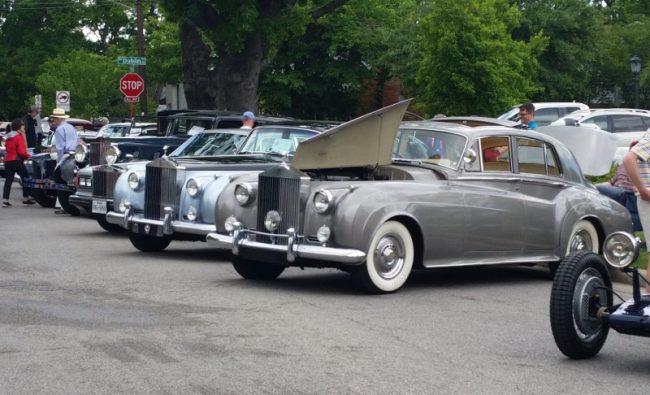
Rolls Royce Silver Clouds, with a 1991 Silver Spur II and the Phantom III in the background.

1930 Rolls Royce St. Andrews Sedanca de Ville Phantom I.
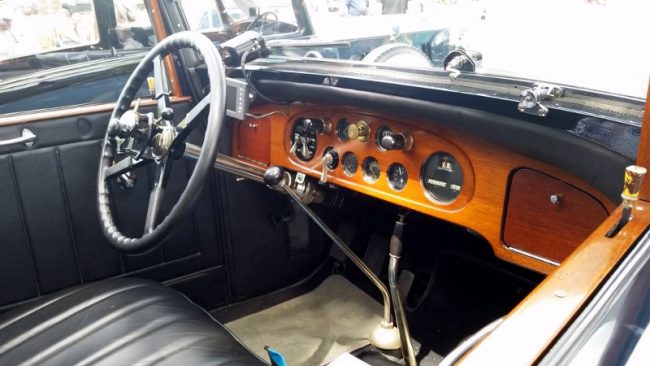
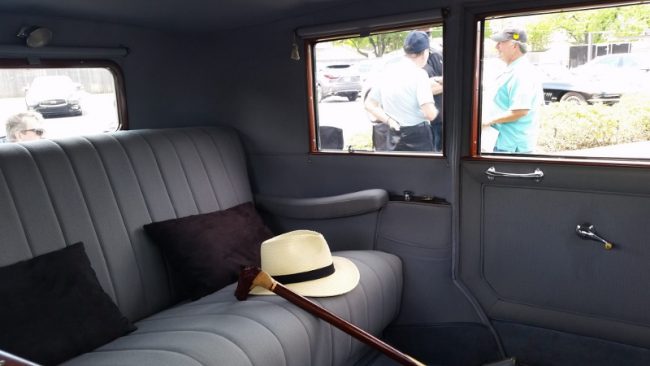
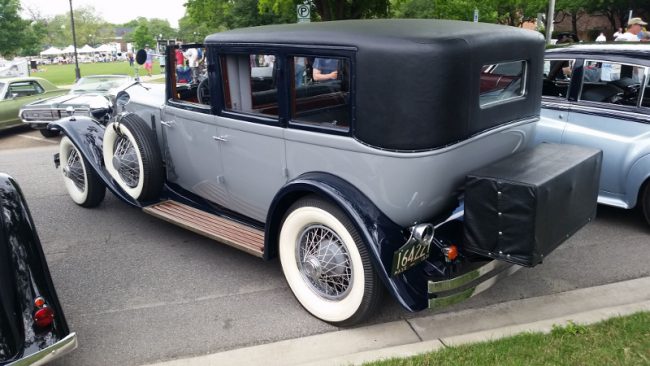
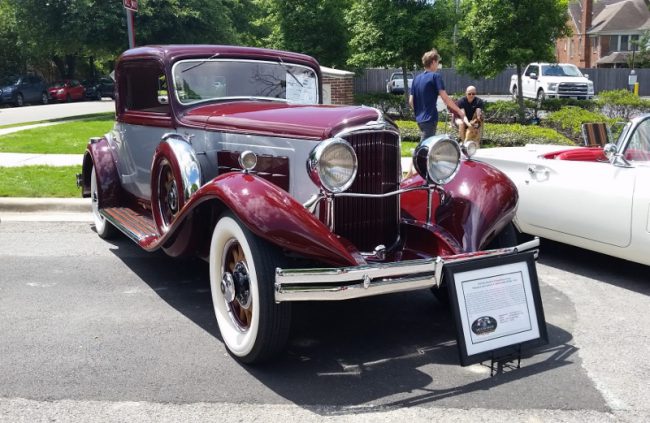
1932 Reo Royale 8-35 R/S Coupe. This one is gorgeous!
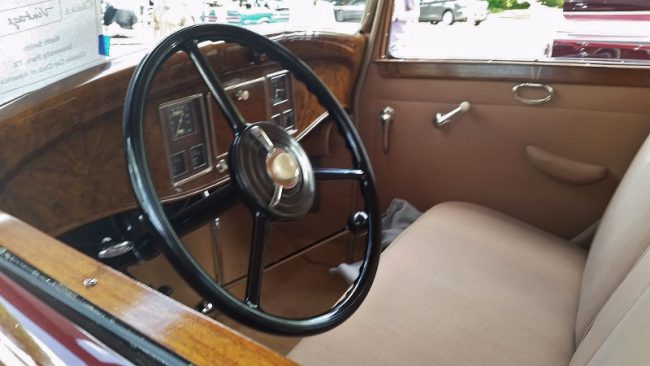
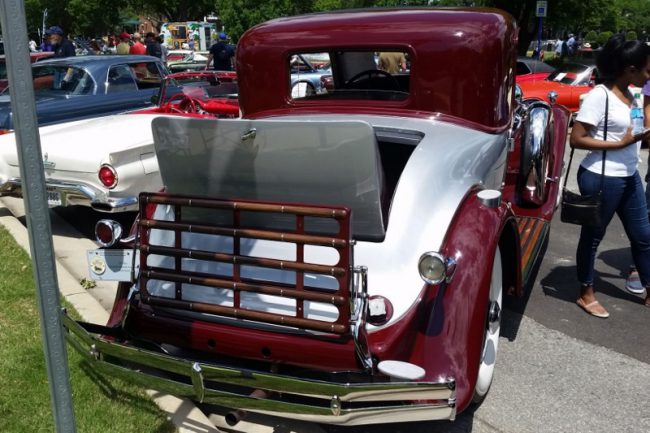
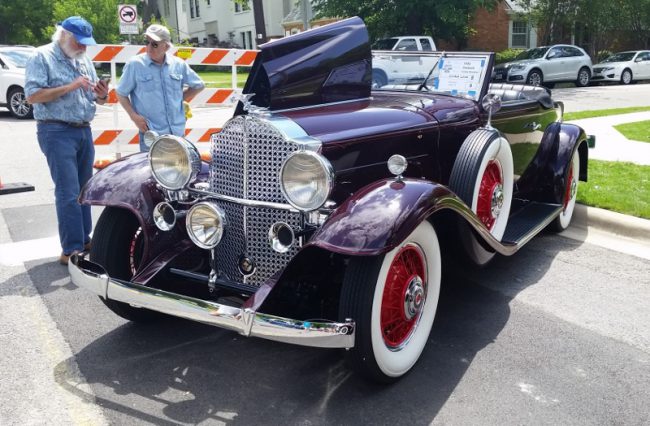
1932 Packard Roadster.
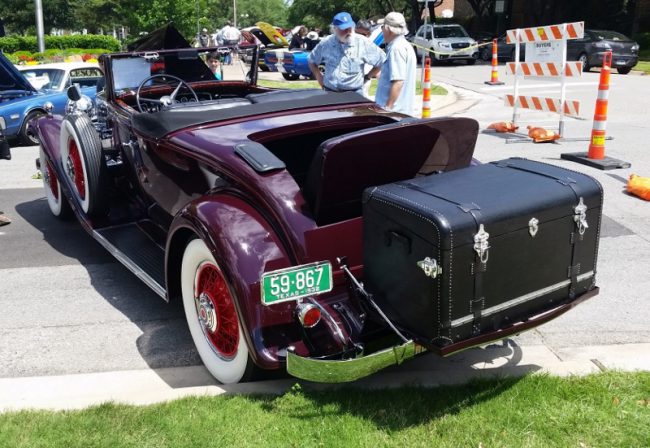
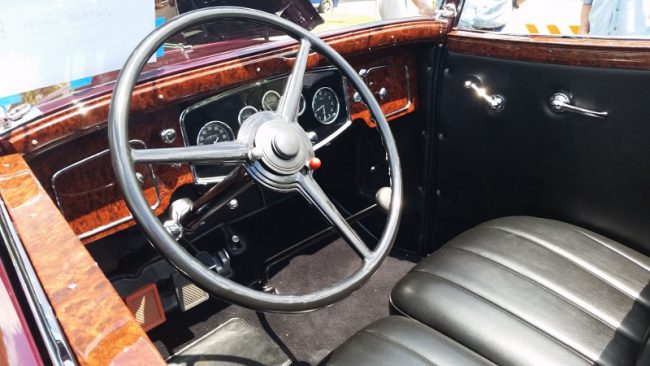
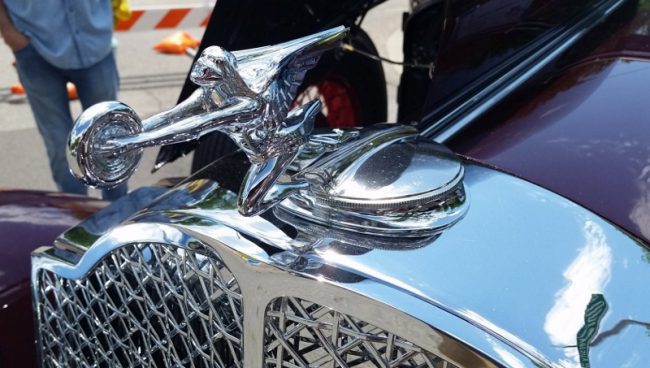
Saved the best for last with that Packard, ha ha! Next time: More modern fare. And Broughams. So stay tuned. Special thanks to Jayson, who braved the heat and humidity to take these most excellent pictures!







11 Comments
On the thirties Rolls. imagine the workload of the chauffer trying to give his Master a smooth ride given the car’s underpowered engine, pot stirrer floor shift, heavy body, and unpowered steering and brakes. With fewer servants, it was up to the American automakers to invent the labor saving engineering to make such a car possible for owners that drive their luxury. Would class conscious Europe ever got around to it without America giving them a template to imitate?
John – you bring up a very interesting point as you often do, but also miss the more modern tragedy of what you point out. Features that made driving easier and more comfortable were pretty much all invented and popularized by American brands including synchromesh (Cadillac), hydraulic 4-wheel brakes (Duesenberg), fully automatic transmission (Oldsmobile), air conditioning (Packard), climate control A/C (Cadillac), V-12 engine (Packard), power steering (Chrysler), power seats and windows (Lincoln?), cruise control (Chrysler).
Unfortunately the Americans have been laggards for the past 40 years, as foreigners were much faster to adopt 6-7-8-9 speed automatics while Cadillac and Lincoln persisted with 4 speeds – can you imagine anyone thinking in the 1950s that Americans would ever lag behind on automatics? Foreigners were also way ahead in adopting of other “modern” luxury/comfort/performance features such as independent rear suspension, fuel injection/direct injection, OHC engines, radar cruise control, multi-zone A/C, soft-close doors, menu-driven infotainment systems, acoustic/dual-thickness glass, fully-adjustable massaging seats, performance hybrids, etc. so that nobody less than 80 years old thinks of Cadillac or Lincoln or Chrysler as leading edge brands in terms of technology, quality, or comfort. The only American car brand today that is considered leading edge today is Tesla – although I suspect they will be joining Packard and Duesenberg soon in luxury brand heaven.
The American industry was destroyed by allowing in imports from Japan that paid their workers a tiny fraction of American wages while relying on thievery instead of R/D or you know talent. With no profits, the American industry can be excused for allowing Mercedes to be first to market with soft close doors for their fat assed land yachts, the W140. Germany sure as heck wasn’t letting the Japanese in their market and therefore survived as the innovators. Even Japan had to pay the price when Korea ripped them off with lower cost appliances. A race for the bottom that could have been avoided. The same big three that are so loathed, all gradually developed a successful line of big trucks with no foreign competition. The cars could have been the same way and the whole would be blessed with actual choices.
One of the knobs on the Rolls’ steering wheel is a suspension adjuster….
It works rather well as does the little foot pedal that lubricates the entire chassis when you depress it .
-Nate
Nate: Rolls first employed the Bijur chassis lubrication system on Springfield,MA built Phantom I in 1926 (but not on UK built cars), but Packard had the system in 1925 (first in the world). I believe the Duesenberg J was the first with an automatic Bijur system which had a mechanical watchworks to automatically activate they system at a pre-determined number of miles (no pedal or button to push). I’m am not sure but suspect that Packard (or Pierce Arrow) beat Rolls in offering ride control adjustment as well. Rolls Royce cars have seldom been leading edge in terms of technology, but in the bare chassis era they built their reputation for excellence on build quality and material quality.
Just so ;
Having owned 1920’s and 1930’s vehicles I can attest to the quality that Ford for example, bult into each and every incredibly crude ‘A’ model (late 1927 ~ 1931) whilst GM’s Chevrolet Division had slightly fancier cars (automatic spark advance, hydraulic brakes, etc.) very few of those Chevrolets survive while ‘A’ model Fords abound .
-Nate
“OHC engines”
I don’t know about that one. OHC engines certainly have their charms, but so does the OHV design.
OHC is quite useful when the engine is too small for the car once American features have been added. When combined with a aggressively driven manual, it becomes possible to disguise the painful lack of torque. See 80s Hondas and Acuras for the most glaring examples.
Which is why I had Hondas with sticks.
It was feature. So what?
We now have 10 speed automatics, gear change, gear change,gear change,gear change,gear change,gear change,gear change,gear change,gear change,gear change,.
Which is why Honda could sell hundreds of thousands of a model per year because their sticks were a joy to use or if you weren’t a stick person – just an all around good car.
Better than the mediocrity the US was putting out without any competition.
The Chevy Citation and Chevette were not aspirational cars.
Let’s see “This or that? I’ll take that.”
You one of those “We fought those people in the war.” People?
In the 80s, I’m pumping gas into my car and my old man (a WWII vet) is in the passenger seat. Some butt clown comes up to me and says “We fought those people in the war.”
My father gets out of the car and says “Yeah, I know, I was there in the Pacific for 3 years on an LC. I told my kid to buy the Honda. I’ve got a Subaru. What branch of the service were you in?”
For every manual Honda, there were 3-4 automatics, more so for bigger models. Yet the fact that the automatics sucked never made it into the revues, where Honda made sure C/D/R/T/MT never tested. Nobody is going to get out of an eighties Grand Am iron duke automatic and say this car needs to loose 10 percent of its torque, gain weight and price and what torque remains is at higher rpm. That is what Honda thought though and what they delivered in the 86 Accord automatic. Of course Honda didn’t bother with an optional V6. Why not? Well why bother when you can just cruise on your reputation with fan boys who never bother to ask pretty obvious questions.
I always fancied those V12 Lincolns, don’t know why, I generally don’t care for pre-1950 cars, but just to sit in one of those…